Instrument-Assisted Myofascial Therapy
principles and clinical applications
- Verlag: Handspring Pulb
- ISBN: 9781913426453
- 2022, 232 Seiten
55,00 €
inkl. MwSt.
plus Versandkosten
Abhängig von der Lieferadresse kann die MwSt. an der Kasse variieren.
Lieferzeit: ca. 5 - 10 Tage/days
Beschreibung
Instrument Assisted Myofascial Therapy – Principles and Clinical Applications provides a complete overview of this effective therapy (IAMT) based on the authors‘ own clinical experience of using instruments to treat myofascial lesions. The text combines the latest scientific findings and theories with practical guidelines. The authors describe the application of various IAMT techniques that the reader can easily integrate into daily clinical practice.
The text progresses from didactic to practical information relevant to a wide range of clinicians:
Anatomy of the myofascial system and its role in pain/dysfunction and treatments.
Science and theory of IAMT, including history, types and research on mechanisms of action and outcomes.
Practical application of IAMT practice: an overview of tissue specific techniques (scars, tendons, muscles).
Integration of IATM into clinical practice, including clinical decision-making (in diagnosis and treatment), indications, contraindications and complementary treatments.
The text is intended as a guide to the use of myofascial tools in daily practice. The reader will effortlessly learn how to use IATM to improve patient outcomes and use it in a way that is gentle on their own joints! The procedures are explained and demonstrated using a clear and practical approach.
Colour photographs illustrate the application of the therapy in these commonly treated areas:
- Cervical spine and head
- Shoulder
- Elbow, wrist and hand
- Thoracic spine and rib cage
- Lumbar spine and sacroiliac joint
- Knee
- Ankle and foot
Treatment protocols are provided that can be easily applied by the therapist to a variety of diagnoses that relate to the same structures, using a standardised and precise approach. A treatment protocol is first presented for a specific structure that is frequently treated. First, the instrument to be used is described, then the whole treatment is explained in detail, starting from the initial position of the therapist and the patient. Then, treatment courses as well as possible treatment options within the Myofascial Connective System (MCS) are listed. Starting with the primary structure to be treated, myofascial nodes are discussed, first regionally in a distal and proximal direction, then within a functional myofascial chain.
naturmed says: „This book greatly ease the various IATM procedures so that the practitioner can easily transfer them in practice.“
Readers will learn an integrated approach to IATM in a variety of clinical practice settings. Clinicians treating post-operative patients will benefit from a chapter dedicated to the management of scars. Numerous case studies and integration of other myofascial techniques (cupping, flossing/mobility bands, kinesiology taping and fascial fitness) round out the book.
Instrument Assisted Myofascial Therapy – Principles and Clinical Applications is the result of years of professional practice with IATM while evaluating patient outcomes. The concept is based on scientific evidence and has been developed in close collaboration with leading scientists and practitioners in the field of myofascial therapy. The text offers a pragmatic, evidence-based approach to IATM practice.
Part 1: Evidence-based Practice
Ch 1:The myofascial system: anatomy, role in pain/dysfunction/ treatments
Ch 2: IASTM: history, types, research on mechanisms of action, research on outcomes
Ch 3: Overview of Techniques, specific to tissue, scars, tendons, muscles, etc.
Ch 4: Integration in practice: clinical decision making (diagnosis/treatment), indications, contraindications, adjunct treatments
Part 2: Clinical Applications of IamT: Upper Quarter
Ch 5: Cervical/Head (neck pain, TMJ, headache)
Ch 6: Shoulder (impingement, frozen shoulder)
Ch 7: Elbow/Wrist/Hand (tennis elbow, carpal tunnel, Duyuytren, hand OA)
Part 3: Clinical Applications of IamT: Lower quarter
Ch 8: Thoracic (Ribs)
Ch 9: lumbar spine (LBP, SIJD)
Ch 10: Hip (Pubalgia, OA, groin pain)
Ch 11:Knee (Hamstrings, patella tendon, OA)
Ch 12: Ankle & Foot (achilles, plantar fasciitis)
Part 4: Clinical Applications of IamT: Scars
Ch 13: Superficial skin scars
Ch 14: Deep scars of the ligaments and capsules after distortions and operations
Part 5: Case studies (by other authors)
Ch 15: Shoulder
Ch 16: Elbow
Ch 17: Knee
Ch 18: Ankle
Ch 19: Cervical Spine
Ch 20: TMJ (Temporomandibular joint)
Ch 21: Lumbar spine
Part 6: Therapeutic integration (by other authors)
Ch 22: The contribution of cupping to IASTM
Ch 23: The contribution of Flossing (Mobility Bands) to IASTM
Ch 24: The contribution of Kinesiology-Taping to IASTM
Ch 25: The contribution of Fascial Fitness to IASTM
Ch 26: The contribution of IASTM in the treatment of high performance athletes
Part 7: Conclusion and Summary Bringing it all together
Autor
Bewertungen (0)
You must be <a href="https://www.naturmed.de/mein-konto/">logged in</a> to post a review.

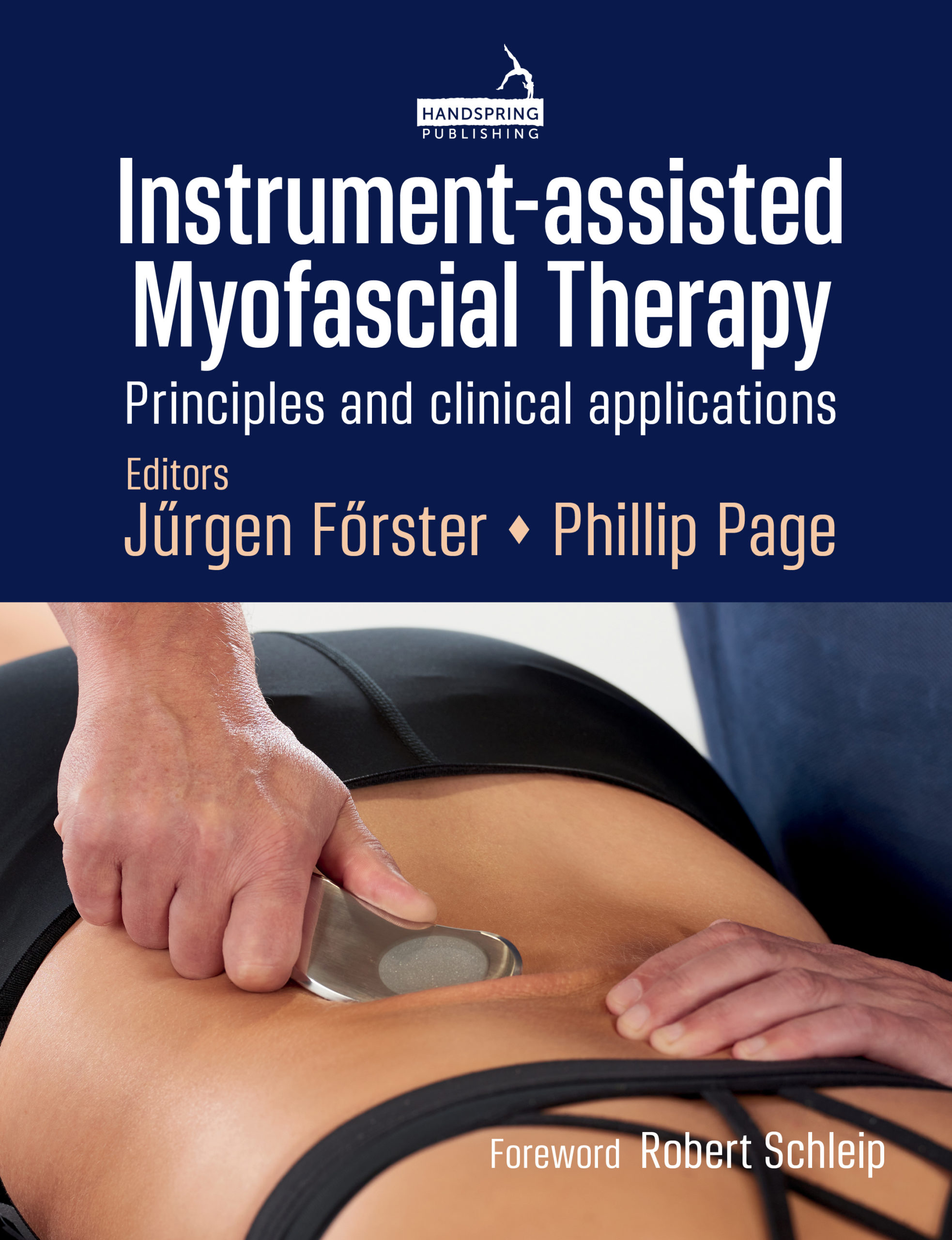
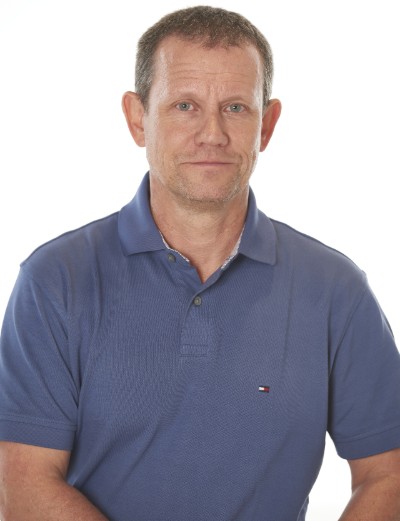
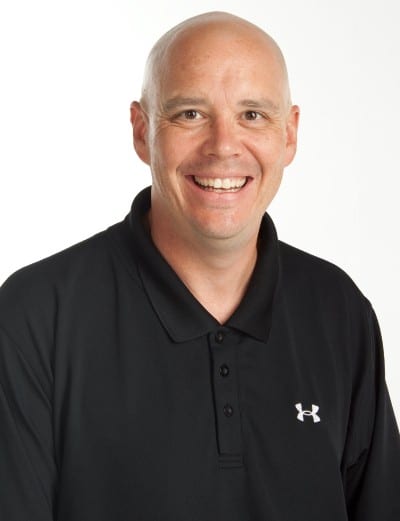
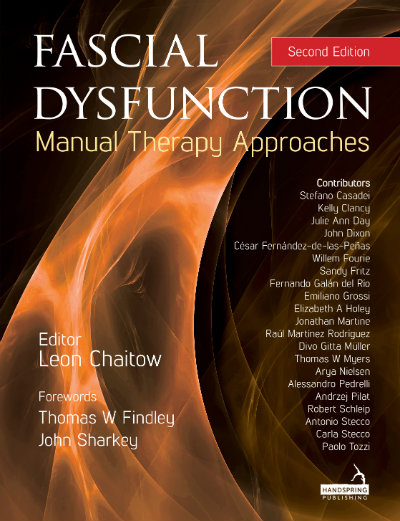
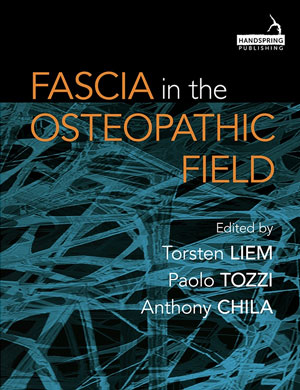
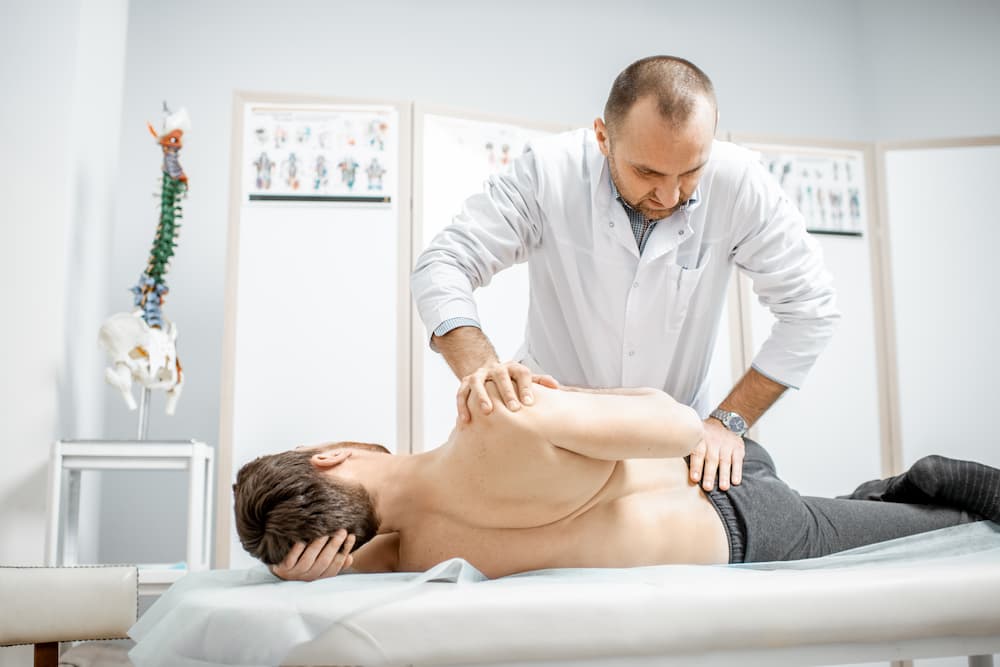
Bewertungen
Es gibt noch keine Bewertungen.